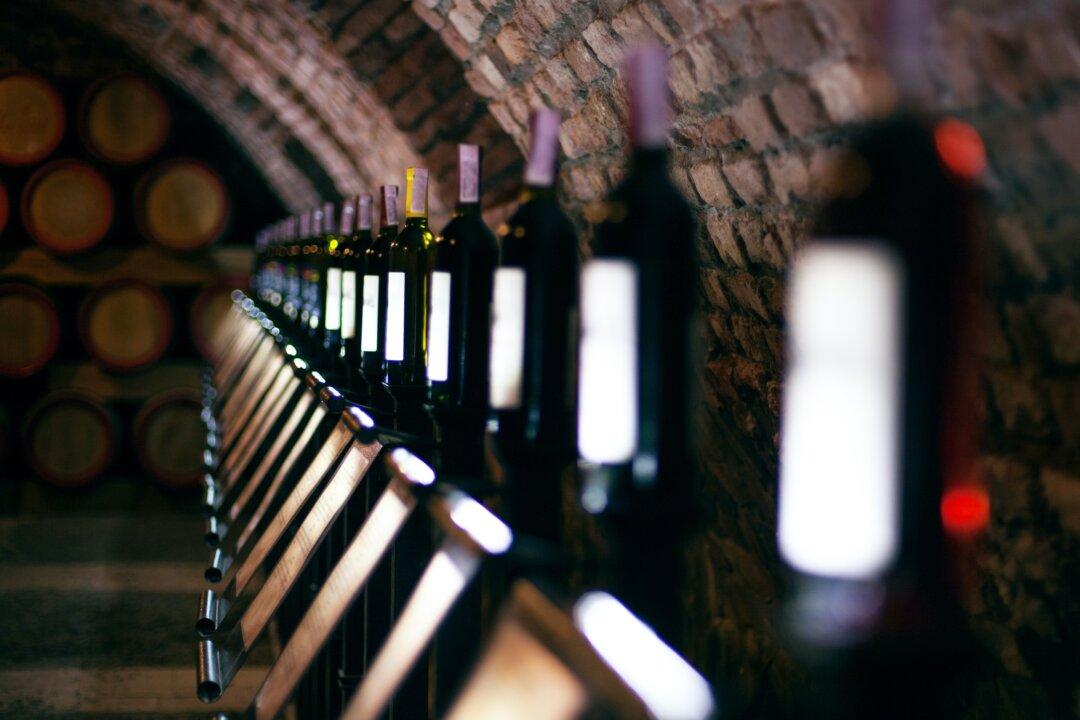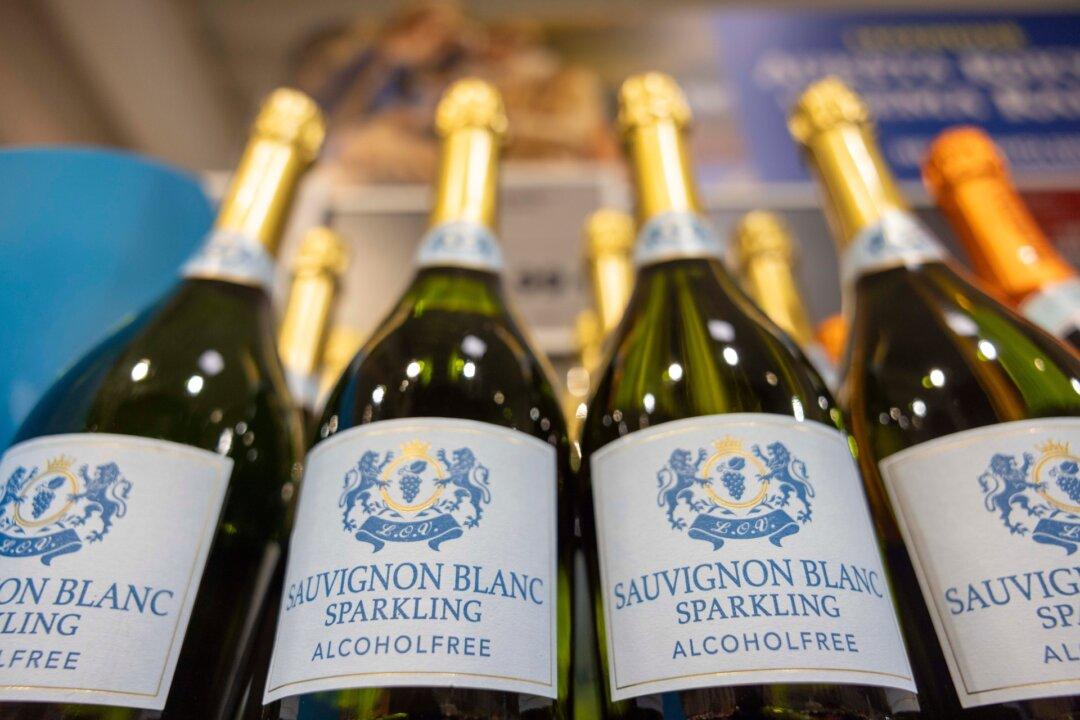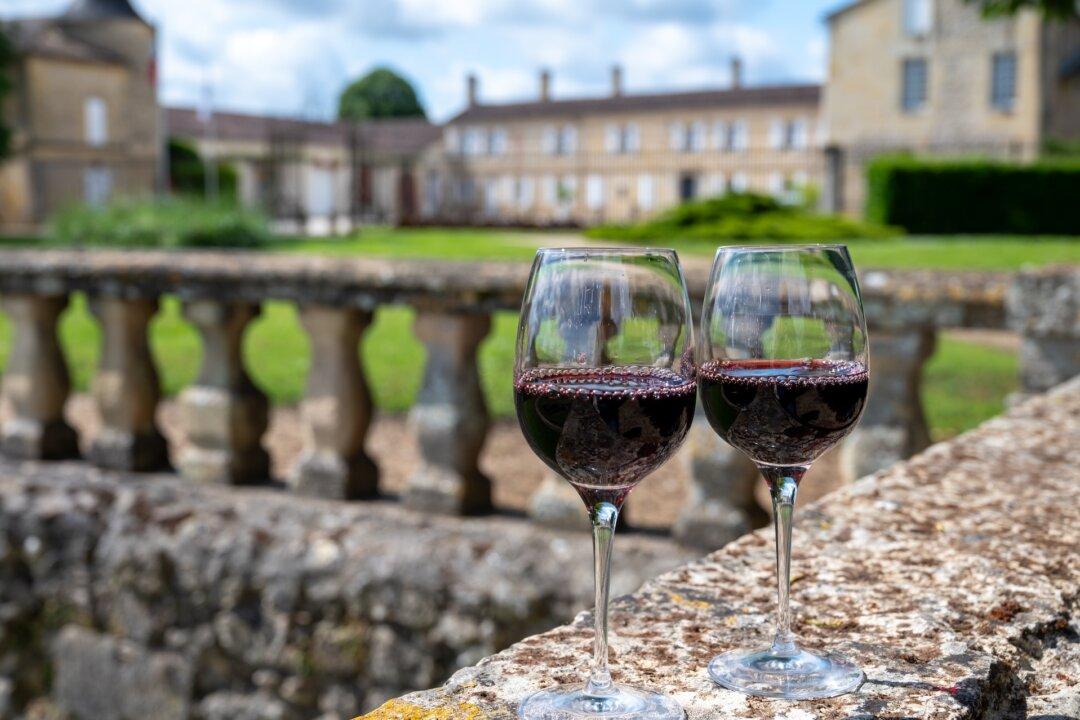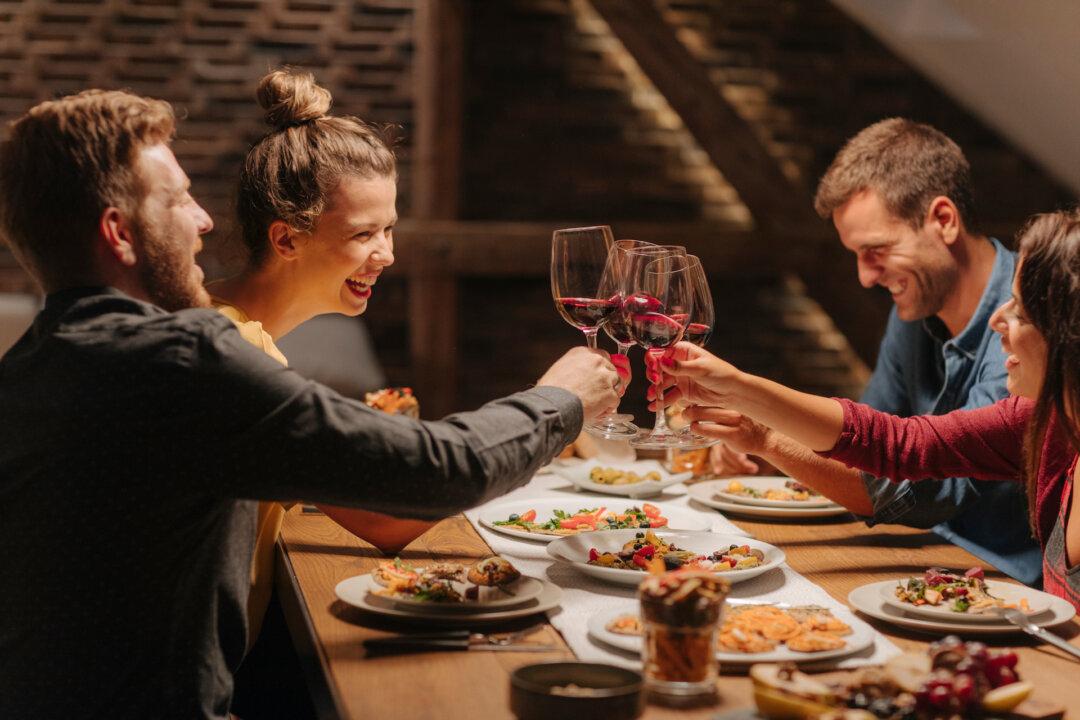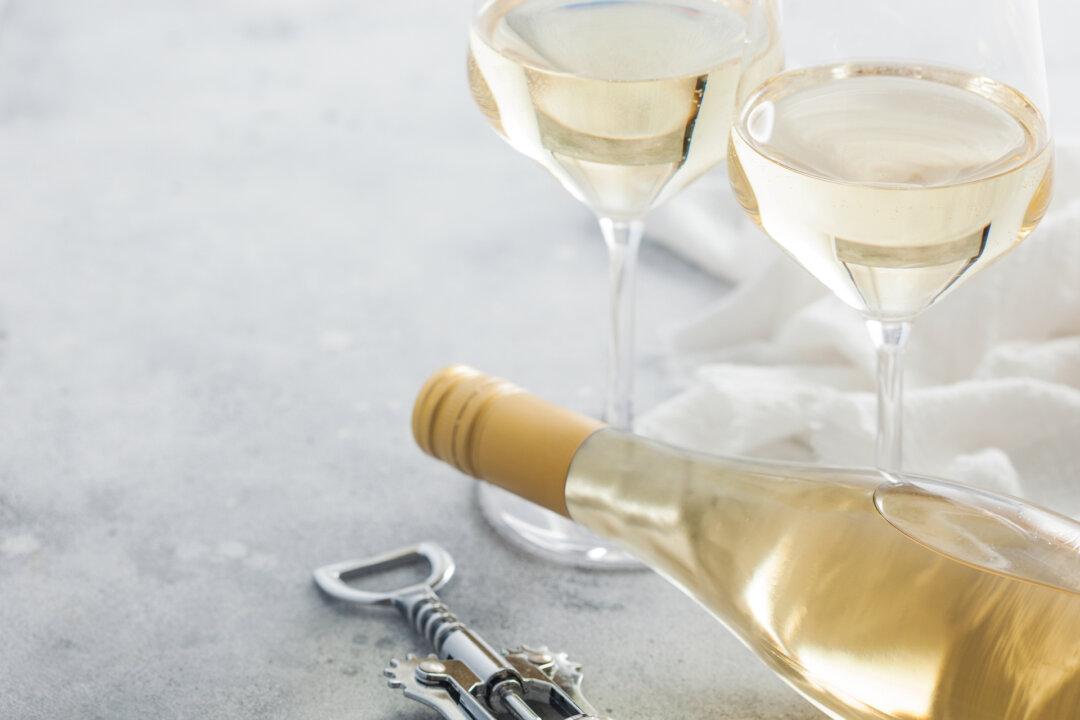A century ago, many of the finest French red wines were known to improve after they had been aged for a decade or more in a cool cellar. The main reason was that the wines were basically undrinkable when they were young.
Winemaking back then was fairly rudimentary and the astringency that developed in such reds was due to the combination of acidity and tannin that then was basically unavoidable after the fruit was picked at optimum flavor development.

